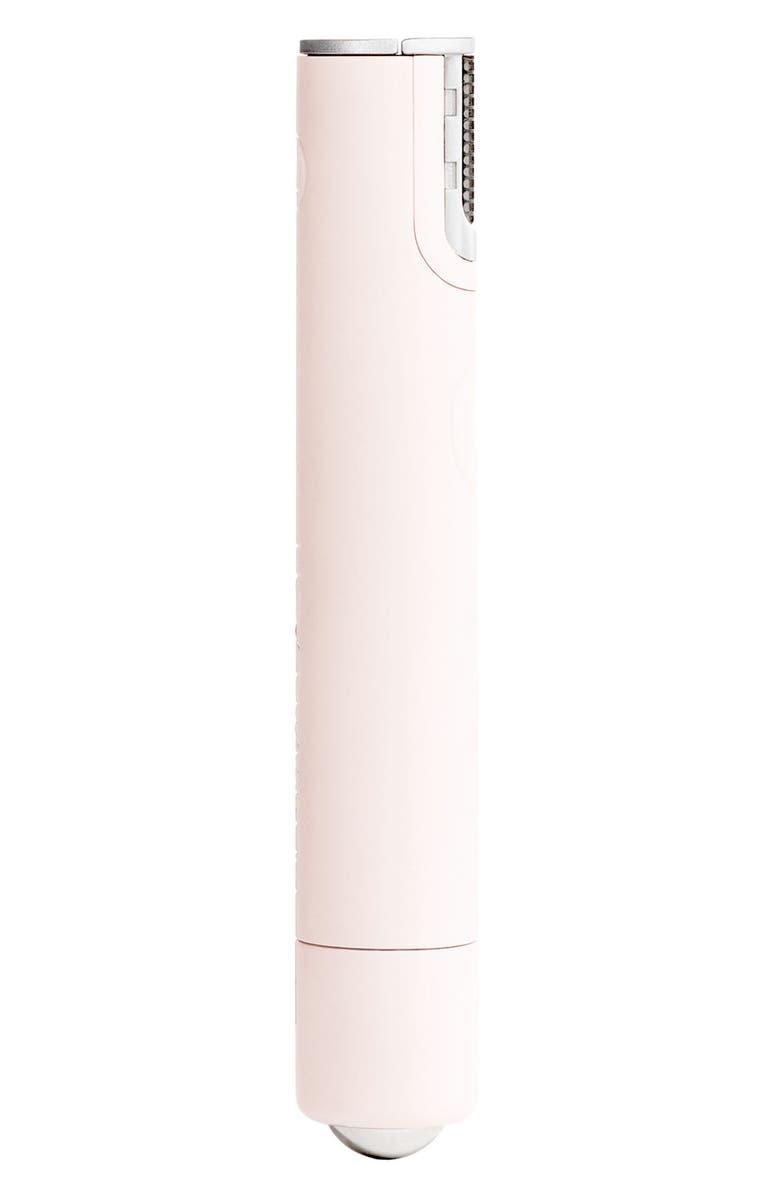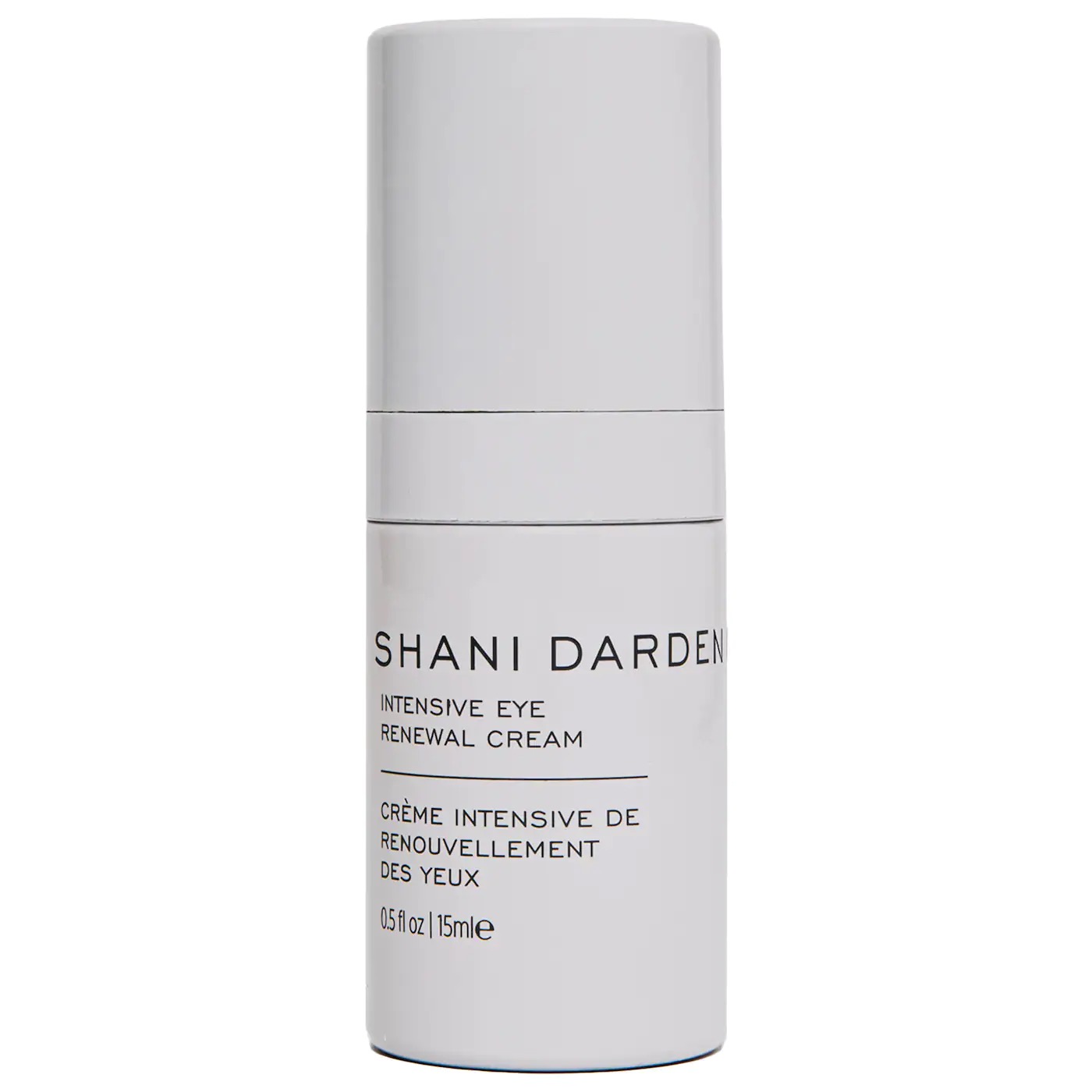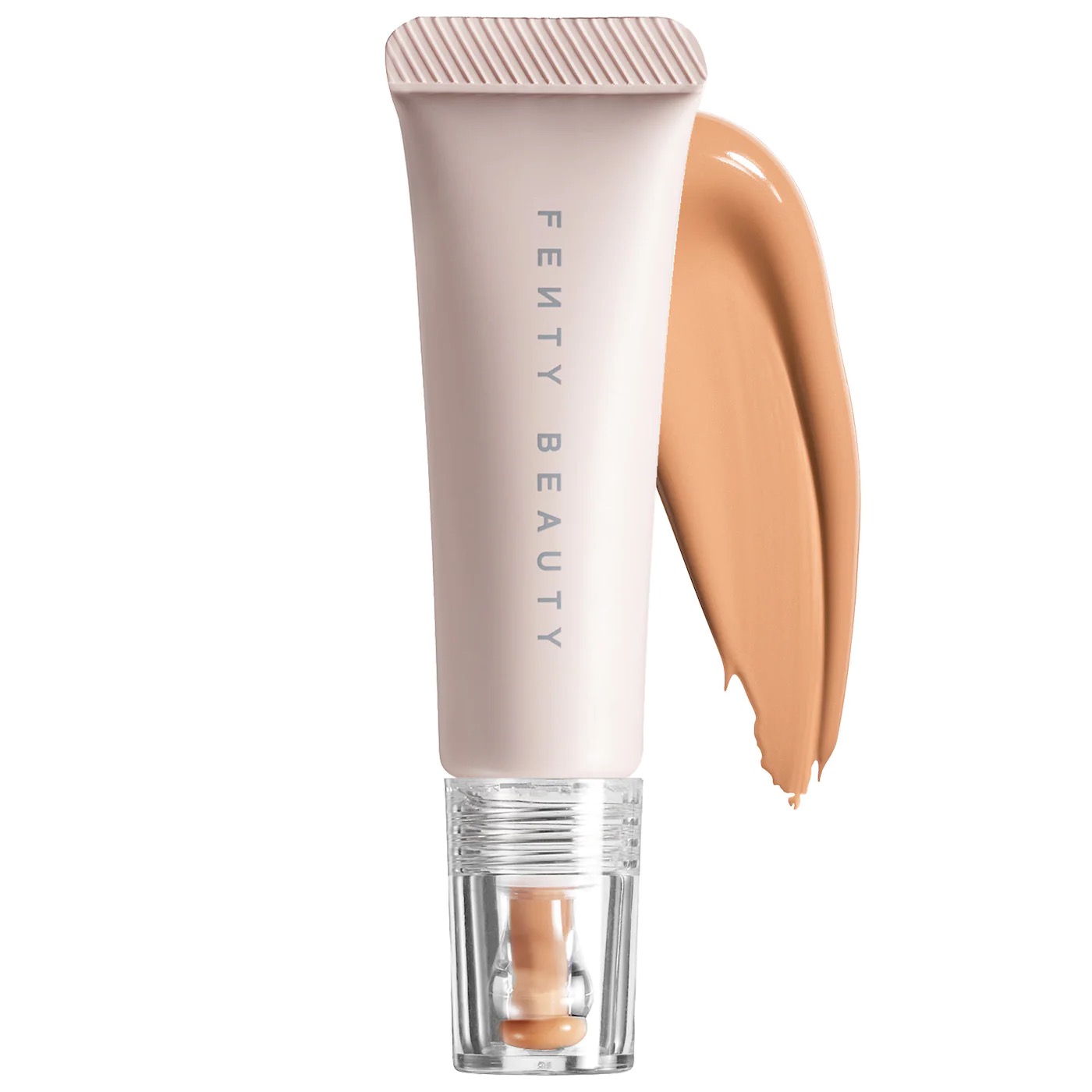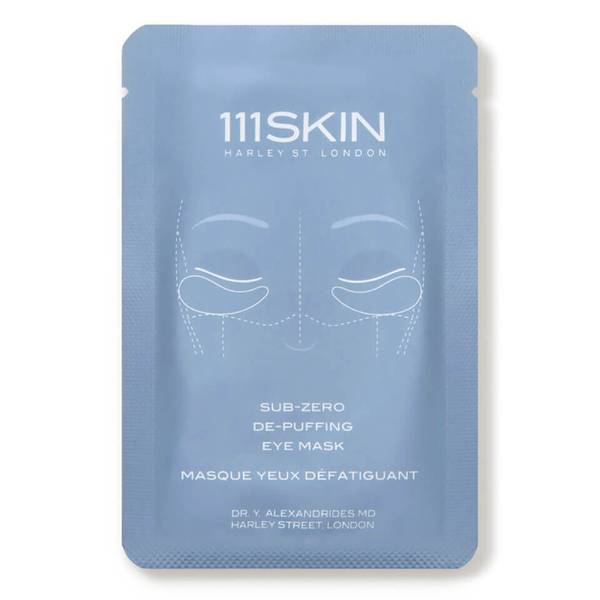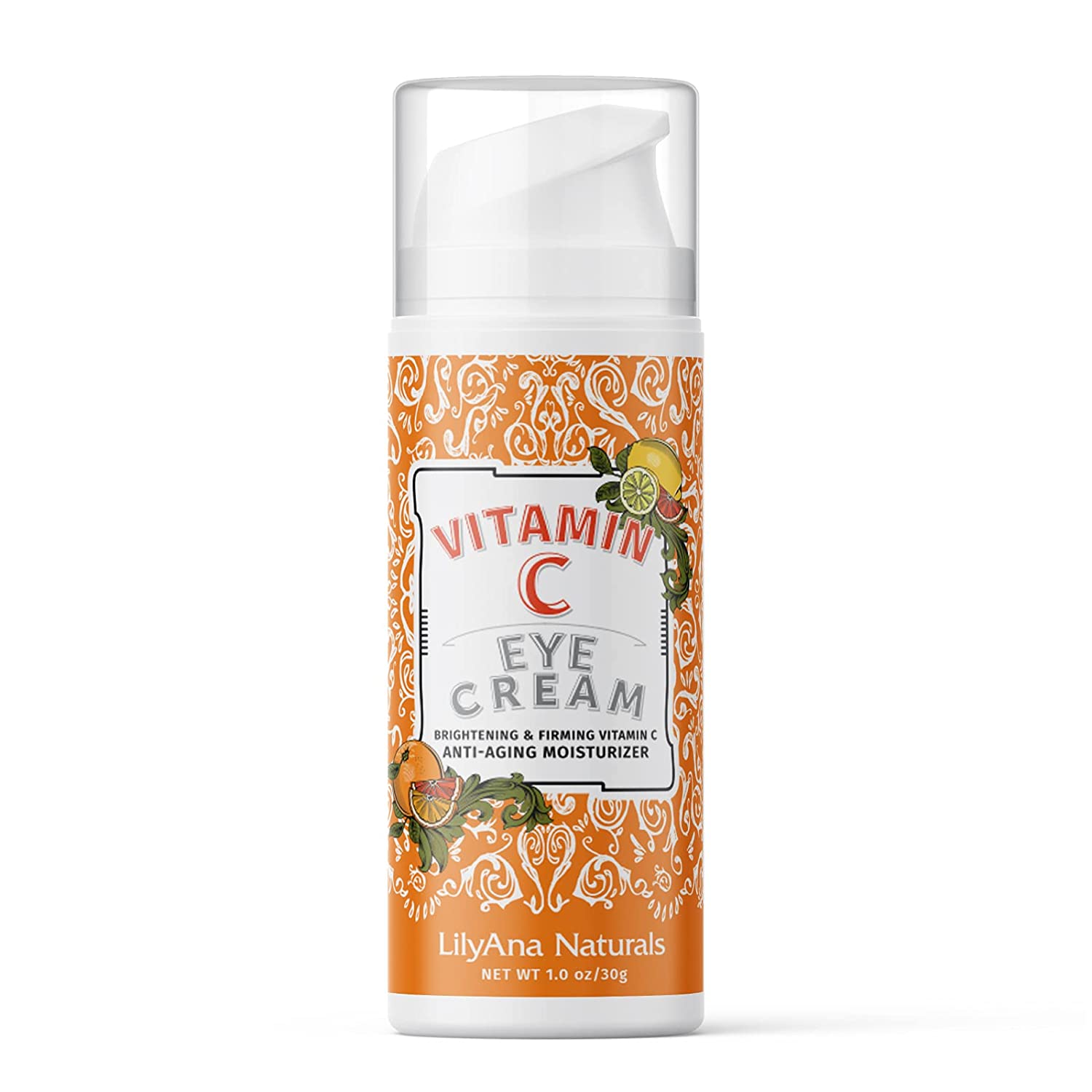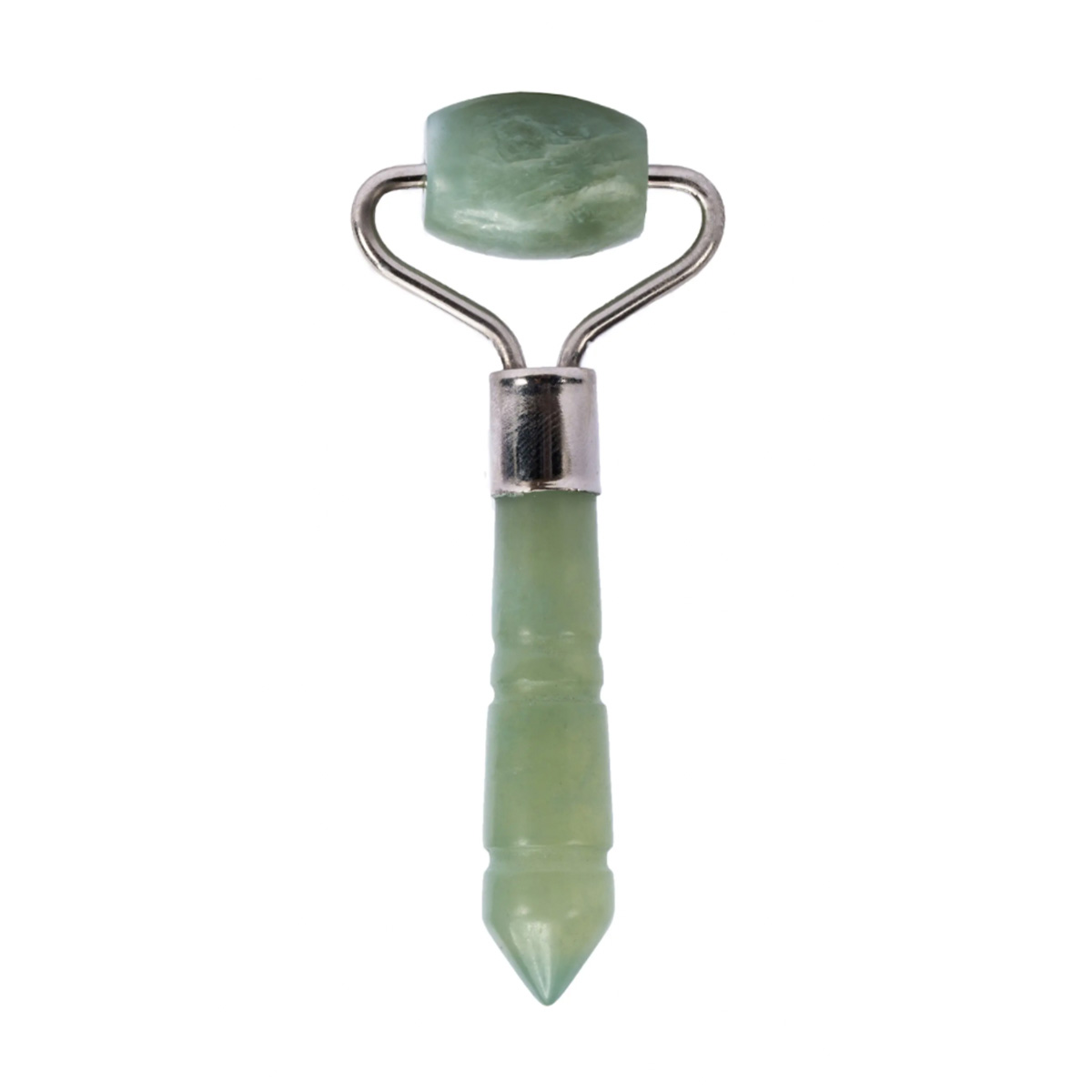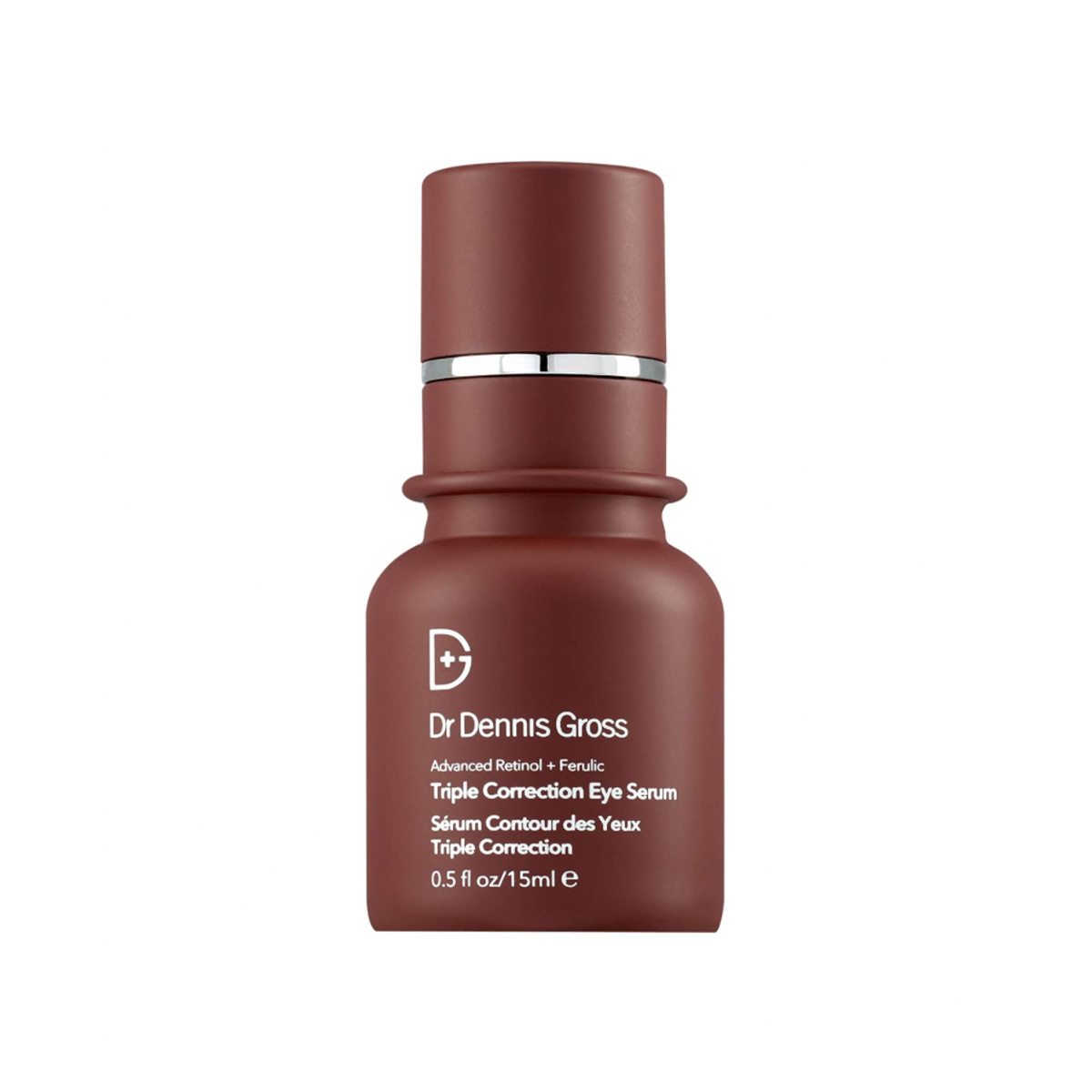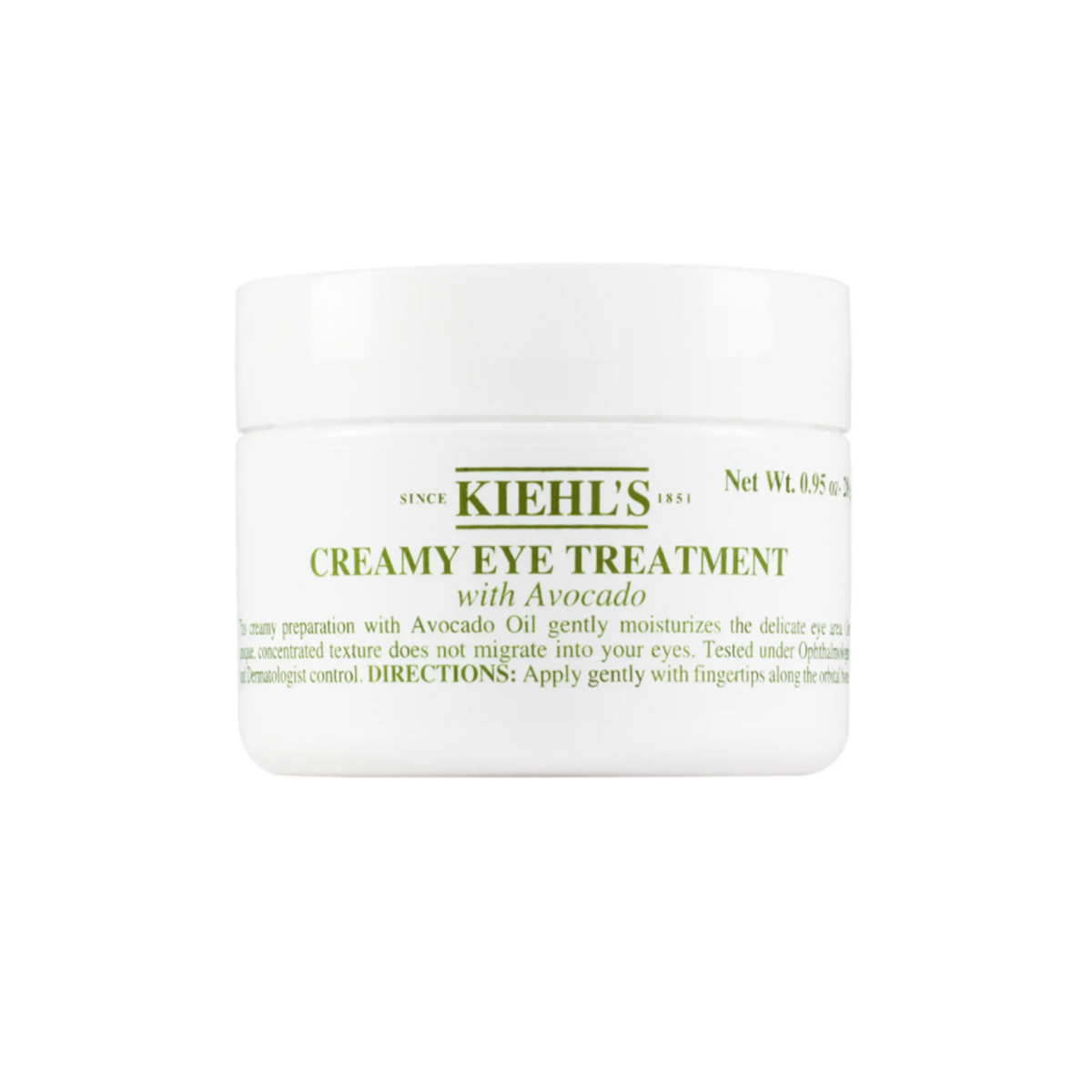Tired of Looking Tired? This Nearly Painless Procedure Is Worth Exploring
- REVIEWS
- JANUARY 8, 2022
Tired of Looking Tired? This Nearly Painless Procedure Is Worth Exploring
Let’s face it: We’re all tired these days. But of course, no one wants to look that way, which is why you may have found yourself recently wondering about under-eye filler (or tear-trough filler treatment, as it’s also called). Under-eye filler fans find the off-label (aka not FDA-approved) use for injectables touted for smoothing slight bags, filling under-eye hollows, and decreasing shadow circles can help them look bright-eyed or even a few years younger in some cases.
If you have been thinking about exploring fillers, then allow us to invite you to officially join the club. We’re all primed to be a bit sensitive about our features right now, with our faces more, well, in our own faces thanks to Zoom. In fact, the platform’s impact on our self-image has led experts in the field to coin the term "Zoom dysmorphia.” Yes, it’s a real thing, and yes, it might be making you obsess about the state of your eyelids. In a survey of over 100 board-certified dermatologists across the country, doctors reported dark circles to be a concern for 64.4% of the patients they’ve seen since the start of the pandemic. Other concerns include the forehead (80%), upper-face wrinkles (77%), and facial dark spots (53%).
It’s a recipe that might prompt you to ask questions about getting injections for bags and dark circles. But getting filler in your lower lids is not without risks—and it doesn’t work for everyone. So read on to see before and after pictures, find out which under-eye fillers are best, what the actual risks and side effects are, how much it costs, and how long you can expect results to last.
Table of Contents
- How Does Injectable Filler Work Under the Eyes?
- What’s the Best Filler for Under the Eyes?
- What Are the Potential Side Effects?
- What’s It Like to Get Under-Eye Filler?
- How Long Do Results Last?
- How Much Do They Cost?
- Topical Products to Help Your Under-Eye Circles
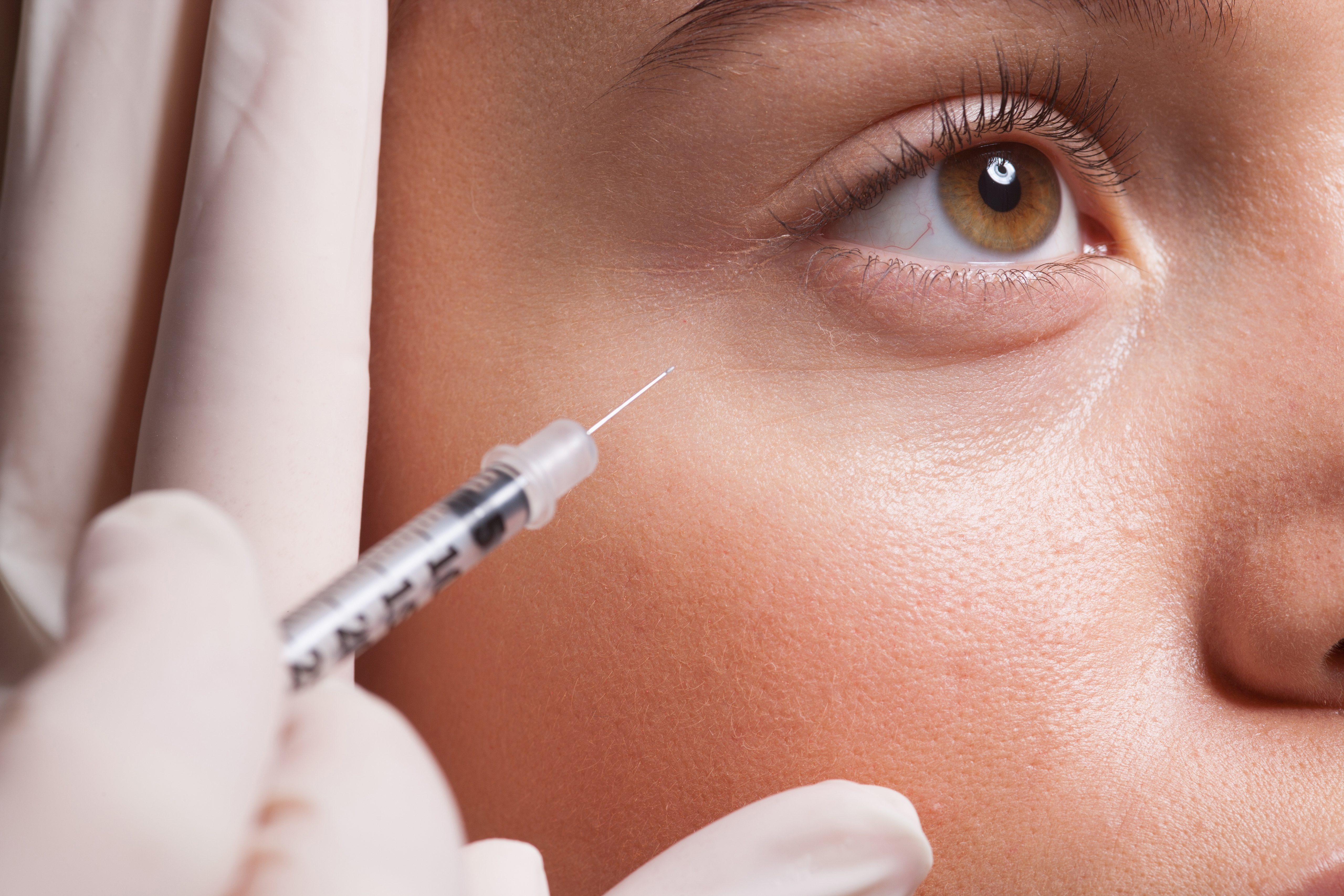
PHOTO: GETTY IMAGES
How Does Injectable Filler Work Under the Eyes?
Filler does what it sounds like: It fills empty cavities and subtle voids. That means it can work on hollows under the eyes that create shadow effects (as opposed to an under-eye area that is dark due to pigmentation). According to Julius Few, MD, a board-certified plastic surgeon and the founder of The Few Institute, it can also smooth out mild puffiness when there is a "visible groove or depression between the lower eyelids and the upper cheeks.” One group of patients, he warns, should stay away: anyone with ongoing eye swelling called chronic malar edema.
BEFORE

PHOTO: DR. BROUMAND
AFTER:

PHOTO: DR. BROUMAND
What’s the Best Filler for Under the Eyes?
Generally speaking, it’s all about hyaluronic acid fillers under the eyes, namely Restylane, Belotero, and Juvéderm. Which one your doctor uses depends on your individual anatomy and your physician’s personal preference. Few typically uses medium-particle Restylane or Belotero, while Stafford Broumand, MD, a board-certified plastic surgeon of 740 Park Plastic Surgery, prefers the thinner Juvéderm Volbella.
Since hyaluronic acid occurs naturally in the body, doctors find they can get authentic-looking results with it. Plus, it can be dissolved with the enzyme hyaluronidase if the patient doesn't love their new appearance.
What Are the Potential Side Effects?
"If someone is not a good candidate or placement is not ideal, the lower lids can become more prominent or lumpy,” says Broumand. That’s why Few says, "The key with filler injection is under-correction. I call it my 85% rule, [meaning] not to fill the groove more than 85% of what is needed to allow for some swelling.”
Another worry is the Tyndall effect, a bluish cast that can occur with improperly done filler due to the way the light scatters.
But most worrisome is the risk of vision loss. Indeed, blindness is possible if it’s not injected correctly. That’s why it’s important to go to a broad-certification plastic surgeon or dermatologist. Few insists, "The treating doctor should be able to show examples of their work and also share what they do to avoid complications.”
What’s It Like to Get Under-Eye Filler?
Before the appointment, patients are instructed to stop all blood thinners like aspirin to help decrease bruising. Then at the appointment, the orbital zone is cleaned, and numbing cream is applied.
Next, the filler is injected into the under-eye region in several areas. This can be done with a typical needle or with a small flexible, blunt-tip microcannula, which some find gives better results. "When I switched from needle injection to cannula, my rate of bruising went from 20% to less than 2%,” says Few.
Speaking of bruising, to help head that off, Broumand says, "We ice after the injection and will give our patients arnica tablets to take to help with the bruising and swelling.” Afterward, avoid putting on makeup or other products on the injection site for the rest of the day.
And a heads-up: Few says about a quarter of patients will wake up with some degree of swelling the next morning. "It goes away typically the same day,” he insists.
How Long Do Results Last?
About six to 12 months on average. But it can be longer. According to Few, with his microcannulas technique, "when the filler is placed at the correct level, between muscle and bone-lining tissue called the glide plane, the filler can last more than five years in this anatomic area.”��
What Do They Cost?
It varies, but expect to hit somewhere between $1000 and $2500.
Topical Products to Help Your Under-Eye Circles
If the under-eye filler procedure isn’t for you, but you still want some help with bags and circles, these five products can help. And check out these concealers while you’re at it.
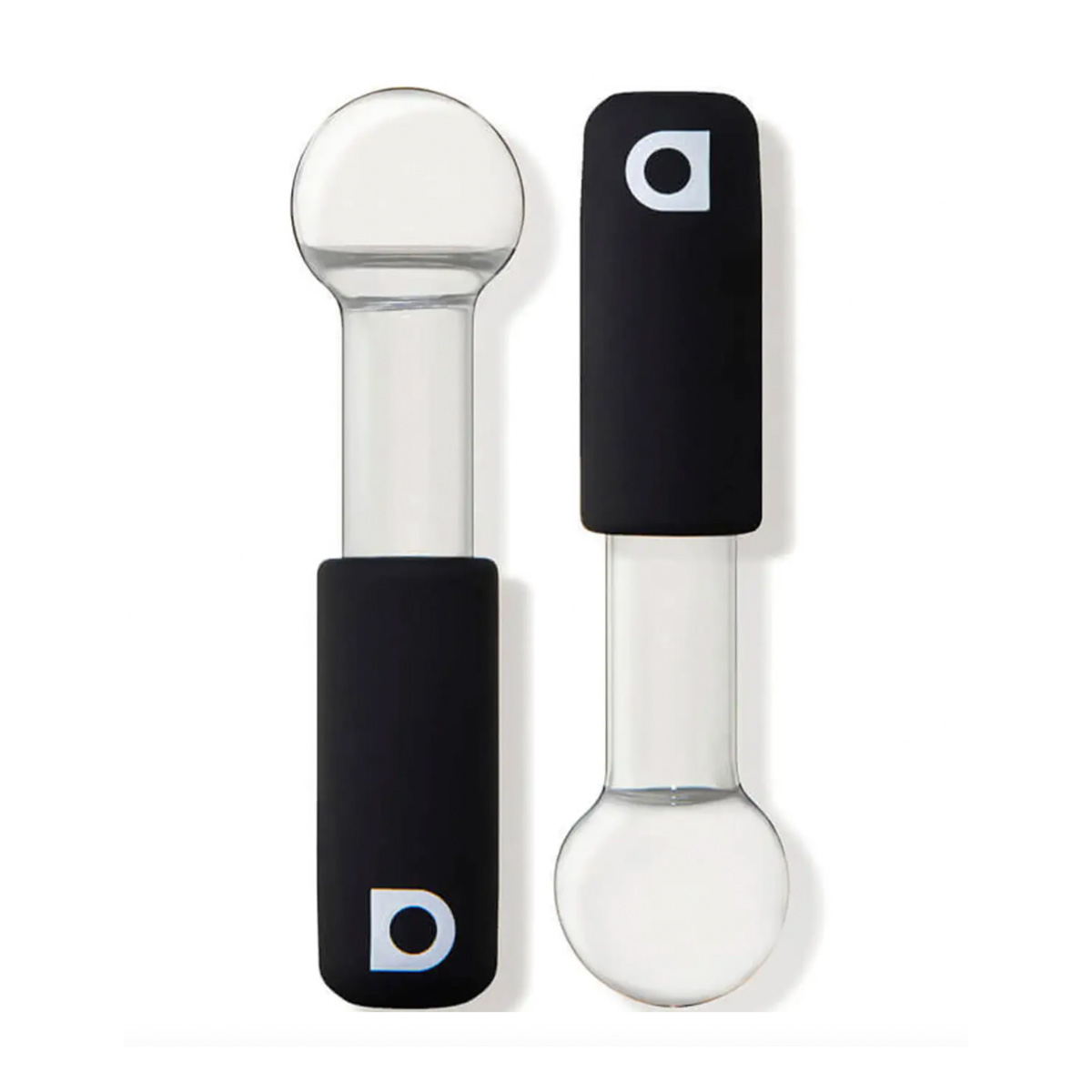
Cold helps reduce inflammation and puffiness, so smooth these ice globes under your eyes whenever they're in need of calming down.
This article was originally published at an earlier date and has been updated.
Up Next: Too Faced Better Than Sex Would Be My Desert-Island Mascara—Here's Why
